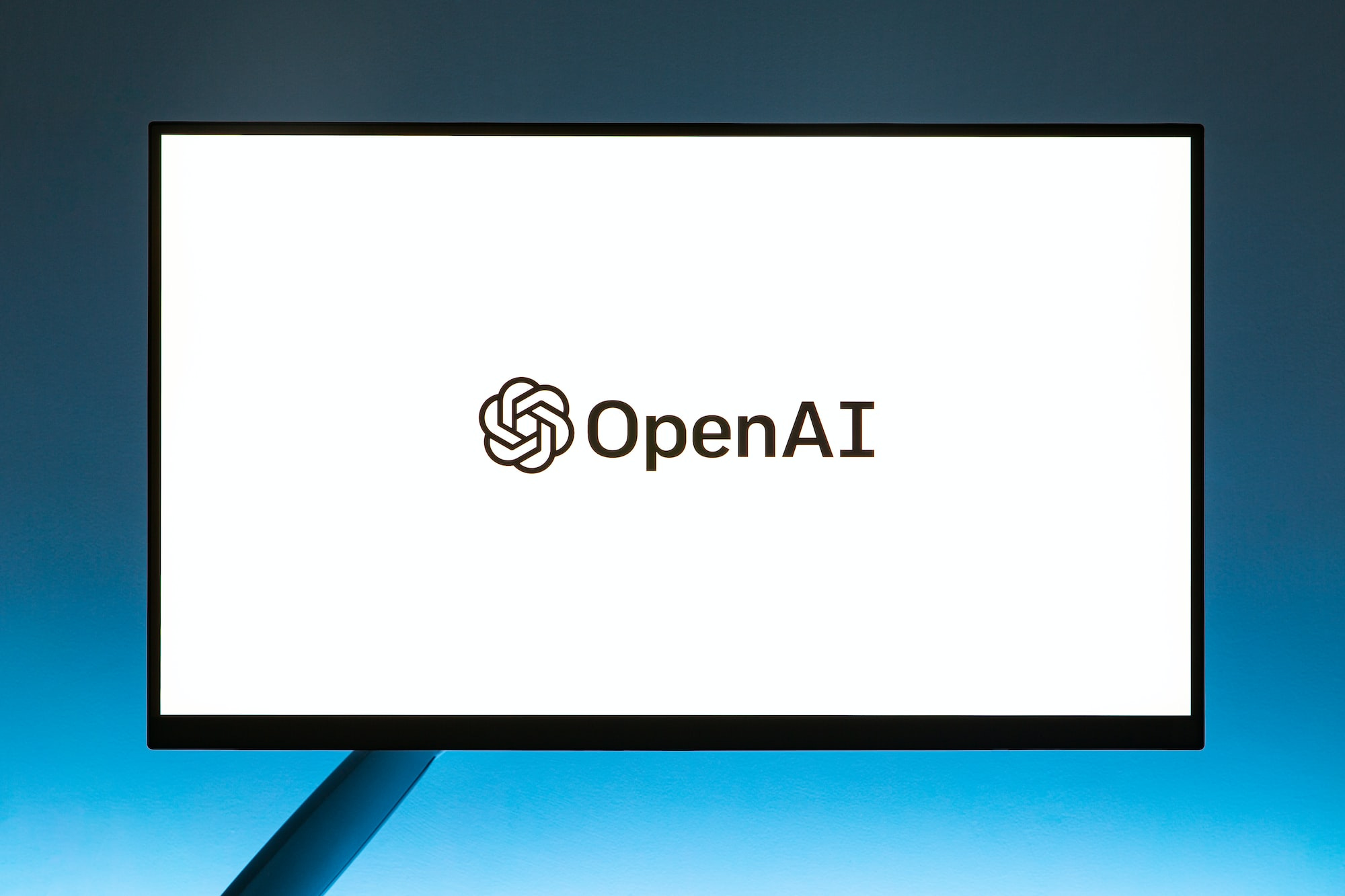Unveiling Complex Answers: ChatGPT's In-Depth Responses to the Toughest Questions It Has Been Asked So Far
As ChatGPT continues to evolve and improve, we can expect it to play an increasingly important role in advancing our understanding of the world around us.

ChatGPT is a cutting-edge language model trained by OpenAI that has the ability to answer a wide range of complex questions. From science and technology to philosophy and psychology, ChatGPT has been asked some of the toughest queries that exist. In this article, we will explore some of the most challenging questions that ChatGPT has faced and its expert responses to them.
We asked the AI to reveal some of the toughest questions it has been asked so far and also prompted it for answers. By unveiling the complex answers to these questions, we hope to demonstrate the remarkable capabilities of ChatGPT and its potential to revolutionize the field of artificial intelligence. The following are some of the toughest questions posed to ChatGPT followed by its answers.
What is the most efficient way to terraform Mars?
Terraforming Mars is the process of making the planet habitable for humans by altering its atmosphere and surface conditions. With the increasing interest in the human exploration of Mars, terraforming has become a popular topic of research. But what is the most efficient way to terraform Mars?
There are several proposed methods for terraforming Mars, including atmospheric manipulation, melting the polar ice caps, and introducing greenhouse gases. Each method has its own benefits and drawbacks.
Atmospheric manipulation involves releasing gases such as fluorine, chlorine, and sulfur hexafluoride into the Martian atmosphere to thicken it and warm the planet. This would require large-scale manufacturing and transportation of gases to Mars, which would be expensive and challenging. However, it has the advantage of being a self-sustaining process that could take effect relatively quickly.
Melting the polar ice caps involves heating the poles of Mars to release water vapor into the atmosphere, which would thicken the atmosphere and increase the planet's temperature. This method is more feasible than atmospheric manipulation, as it doesn't require transporting gases to Mars. However, it would take a longer time to have an effect, and it would require a lot of energy to heat the poles.
Introducing greenhouse gases, such as carbon dioxide and methane, is another proposed method for terraforming Mars. This method involves releasing these gases into the atmosphere to trap heat and warm the planet. It is less expensive than atmospheric manipulation, but it would take a longer time to have an effect, and it could have significant environmental consequences.
Overall, the most efficient way to terraform Mars is still up for debate. Each method has its own benefits and drawbacks, and the most effective approach will depend on factors such as cost, feasibility, and potential environmental impact. However, with advances in technology and ongoing research, we may eventually find a way to make Mars habitable for humans.
Read our article on a hypothetical first city on mars, Amana, below.
What is the likelihood of a global pandemic occurring within the next decade?
The COVID-19 pandemic has shown us how devastating a global pandemic can be. With increasing global travel and interconnectedness, many experts believe that the likelihood of another pandemic occurring within the next decade is high. But just how likely is it?
Pandemics occur when a new virus or strain of a virus emerges that can infect humans and spread rapidly between people. Factors that can increase the likelihood of a pandemic include increased global travel, population growth, and human encroachment on wildlife habitats.
However, it's difficult to predict the likelihood of a pandemic occurring with certainty. While some experts believe that the emergence of new viruses and the increasing interconnectedness of the world make another pandemic inevitable, others believe that improvements in global public health systems and rapid response measures may help to prevent or mitigate pandemics in the future.
There are currently measures in place to prevent and prepare for pandemics, such as early warning systems, vaccine development, and international cooperation. However, these measures may not be enough to prevent the next pandemic from occurring.
To reduce the likelihood of a global pandemic, we need to take steps to address the root causes of pandemics, such as reducing human encroachment on wildlife habitats, improving global public health systems, and investing in early detection and rapid response measures. With a coordinated global effort, we may be able to prevent or mitigate the next pandemic.

Can you explain the mathematical basis of quantum computing?
Quantum computing is a rapidly growing field with the potential to revolutionize computation by solving certain problems much faster than classical computers. But how does it work?
At the heart of quantum computing are quantum bits, or qubits. Unlike classical bits, which can only be in a state of 0 or 1, qubits can exist in a superposition of both states simultaneously. This allows quantum computers to perform calculations using quantum parallelism, where multiple calculations are performed at the same time.
The mathematical basis of quantum computing lies in quantum mechanics, the branch of physics that describes the behavior of particles at the quantum level. In quantum mechanics, particles can exist in a superposition of multiple states until they are measured, at which point they collapse into a single state.
In quantum computing, quantum gates are used to manipulate the state of qubits. These gates correspond to mathematical operations, such as the Hadamard gate or the CNOT gate, that change the probabilities of the different states of the qubits.
Quantum algorithms, such as Shor's algorithm for factoring large numbers or Grover's algorithm for searching unsorted databases, take advantage of the unique properties of quantum mechanics to solve problems more efficiently than classical algorithms.
However, quantum computing is not without its challenges. One major obstacle is the issue of quantum decoherence, where the fragile quantum states of qubits are disrupted by their environment. This can lead to errors in computations and limit the size of problems that can be solved using quantum computers.
Despite these challenges, quantum computing is a rapidly advancing field with the potential to transform industries such as finance, cryptography, and drug discovery. As researchers continue to make advances in the mathematical and computational foundations of quantum computing, we may see quantum computers becoming more widespread and powerful in the years to come.
Applications of Quantum Computing
One of the key applications of quantum computing is in the field of quantum cryptography, where the principles of quantum mechanics are used to ensure secure communication. Quantum cryptography takes advantage of the fact that any attempt to measure the state of a qubit will disturb it, making it impossible for an eavesdropper to intercept a message without being detected.
Another important application of quantum computing is in simulating quantum systems, such as chemical reactions or materials properties. Classical computers struggle to simulate these systems accurately due to their complexity, but quantum computers can potentially solve these problems much faster and with greater accuracy.
In order to build a quantum computer, several technical challenges must be overcome, such as developing qubits that are stable and reliable, and minimizing the effects of quantum decoherence. Several approaches to building quantum computers are being pursued, including superconducting qubits, trapped ions, and topological qubits.
Overall, the mathematical basis of quantum computing lies in the principles of quantum mechanics, which allow for the existence of qubits in a superposition of states and the use of quantum parallelism to perform calculations. As researchers continue to make advances in this field, we may see quantum computing becoming more widespread and transformative in the years to come.

How can we ensure unbiased AI decision-making in healthcare?
Artificial intelligence (AI) has the potential to revolutionize healthcare by improving patient outcomes, reducing costs, and increasing efficiency. However, the use of AI in healthcare also raises concerns about biased decision-making and discrimination. In order to ensure unbiased AI decision-making in healthcare, several strategies can be employed.
Strategies to Ensure Unbiased AI Decision-Making in Healthcare
One key strategy is to ensure that the data used to train AI algorithms is diverse and representative of the population. This means including data from a variety of sources, including underrepresented populations, and ensuring that the data is free from bias and errors. This can be achieved through data cleaning and preprocessing techniques, as well as through the use of diverse and inclusive data sets.
Another strategy is to ensure transparency and explainability in AI decision-making. This means providing clear explanations for how AI algorithms arrive at their decisions, and allowing for human oversight and intervention when necessary. This can help to identify and correct biases in the data or algorithm and can increase trust in the use of AI in healthcare.
Additionally, it is important to involve diverse stakeholders in the development and implementation of AI in healthcare. This includes patients, healthcare providers, researchers, and policymakers, who can provide insights into the potential impact of AI on healthcare outcomes and identify potential sources of bias.
Finally, it is important to continuously monitor and evaluate the use of AI in healthcare to ensure that it is achieving its intended goals and not causing harm. This can involve regular audits of AI algorithms, as well as ongoing training and education for healthcare providers and patients on the use of AI in healthcare.
In summary, ensuring unbiased AI decision-making in healthcare requires a combination of diverse and representative data, transparency and explainability in AI algorithms, involvement of diverse stakeholders, and ongoing monitoring and evaluation. By taking these steps, we can ensure that AI is used in a responsible and ethical manner to improve healthcare outcomes for all patients.
Read about the latest developments in AI and how it is changing our world below.
Can AI completely replace human jobs?
The rise of artificial intelligence (AI) has led to concerns that it could replace human jobs on a large scale, leading to widespread unemployment. While it is true that AI is capable of automating certain tasks, it is unlikely to completely replace human jobs in the near future.
One reason for this is that AI is still limited in its ability to perform tasks that require human-level intelligence and creativity. While AI is capable of performing repetitive tasks with high accuracy and speed, it still struggles with tasks that require complex reasoning, problem-solving, and decision-making.
Furthermore, many jobs require human interaction and emotional intelligence, such as those in healthcare, education, and customer service. While AI can assist in these areas, it is unlikely to completely replace the human element of these jobs.
Instead of replacing human jobs, AI is more likely to transform them, as it has the potential to automate routine tasks and free up time for humans to focus on higher-level work. This could lead to increased productivity, efficiency, and innovation in many industries.
However, it is important to note that the impact of AI on employment will depend on the specific industry and job. Some jobs may be more susceptible to automation than others, and workers may need to adapt and learn new skills in order to stay relevant in a changing job market.
In summary, while AI has the potential to transform many industries and automate certain tasks, it is unlikely to completely replace human jobs in the near future. Instead, it is more likely to augment human work and lead to increased productivity and innovation.
ChatGPT's Show of Capability and Its Expected Role in Future Research and Human Knowledge and Understanding
ChatGPT has demonstrated its ability to handle some of the toughest questions that exist. Its expert responses to these queries have shed light on some of the most complex and challenging topics in science, technology, philosophy, and psychology.
As ChatGPT continues to evolve and improve, we can expect it to play an increasingly important role in advancing our understanding of the world around us. With its ability to process vast amounts of information and provide expert insights, ChatGPT represents the future of artificial intelligence and the potential for machines to enhance our knowledge and understanding of the world.
💡 This article has been written with the help of A.I. for topic research and formulation.





